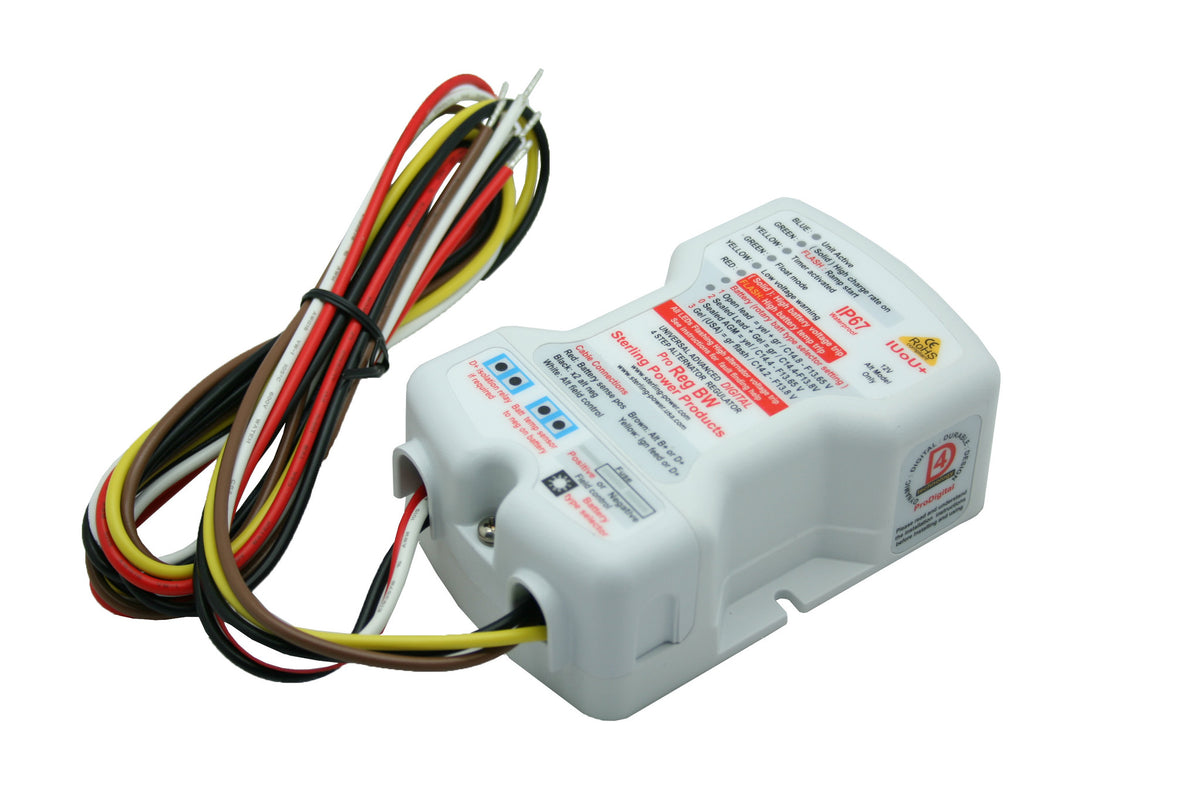Narrowboater
New Member
- Joined
- Jul 19, 2021
- Messages
- 1
Hello,
I have just replaced my SLA with 2 100ah Renogy Smart batteries. I wasn’t aware beforehand that there would be relationship problems between them and my alternator. I’ve been given conflicting advice about the best way to get them talking without harming each other and I wondered if anyone on here would like to either clarify the situation (or add to my confusion).
Renogy have been a little sparse with advice, initially saying I should install SLA instead of the £1200 worth of lithiums I had JUST BOUGHT FROM THEM. When pushed, they said I need to ”add a voltage breaker between the lithium battery and the charger and set the voltage to 11V”.
Other folk with lithiums have variously said to install a dump battery (or use my starter as the dump) and a b2b or, alternatively, to parallel my alternators (I have twins), use a split charger from the starter (not a voltage sensitive one) and use a simple voltage sensing relay to cut the power to the relay as soon as the volts reach 14.
I have a background in electronics but it’s 25 years ago and I’ve forgotten most of it. We also didn’t do batteries or any of this gubbins, so please use easy words. Thanks.
I have just replaced my SLA with 2 100ah Renogy Smart batteries. I wasn’t aware beforehand that there would be relationship problems between them and my alternator. I’ve been given conflicting advice about the best way to get them talking without harming each other and I wondered if anyone on here would like to either clarify the situation (or add to my confusion).
Renogy have been a little sparse with advice, initially saying I should install SLA instead of the £1200 worth of lithiums I had JUST BOUGHT FROM THEM. When pushed, they said I need to ”add a voltage breaker between the lithium battery and the charger and set the voltage to 11V”.
Other folk with lithiums have variously said to install a dump battery (or use my starter as the dump) and a b2b or, alternatively, to parallel my alternators (I have twins), use a split charger from the starter (not a voltage sensitive one) and use a simple voltage sensing relay to cut the power to the relay as soon as the volts reach 14.
I have a background in electronics but it’s 25 years ago and I’ve forgotten most of it. We also didn’t do batteries or any of this gubbins, so please use easy words. Thanks.







